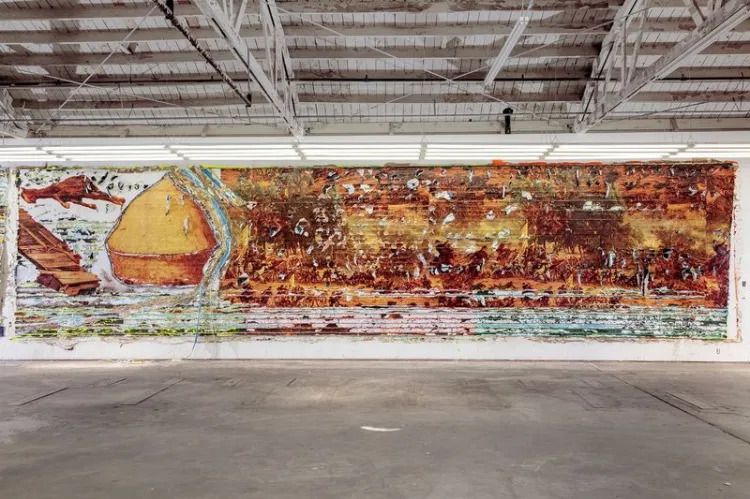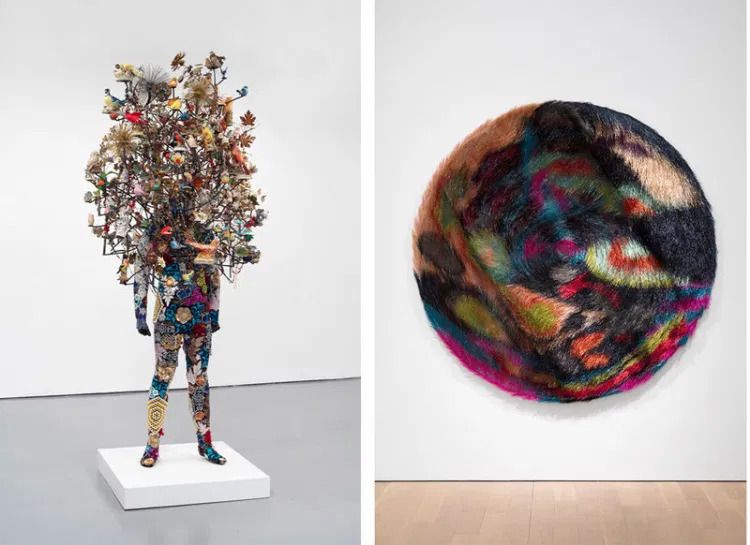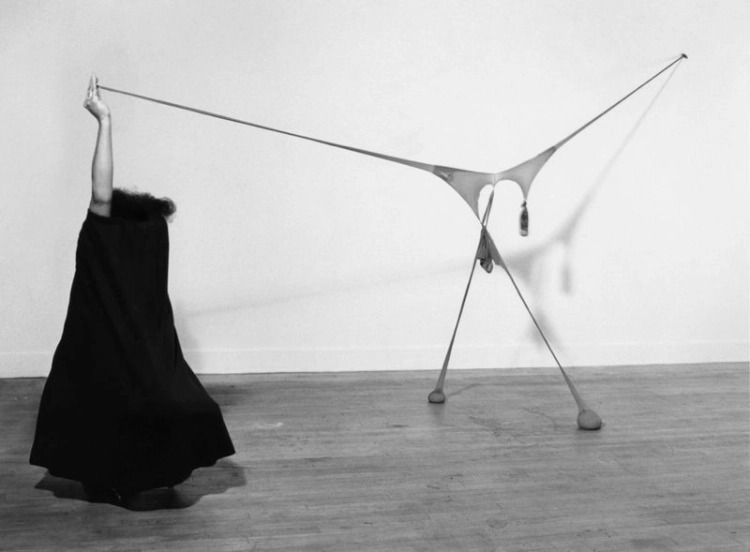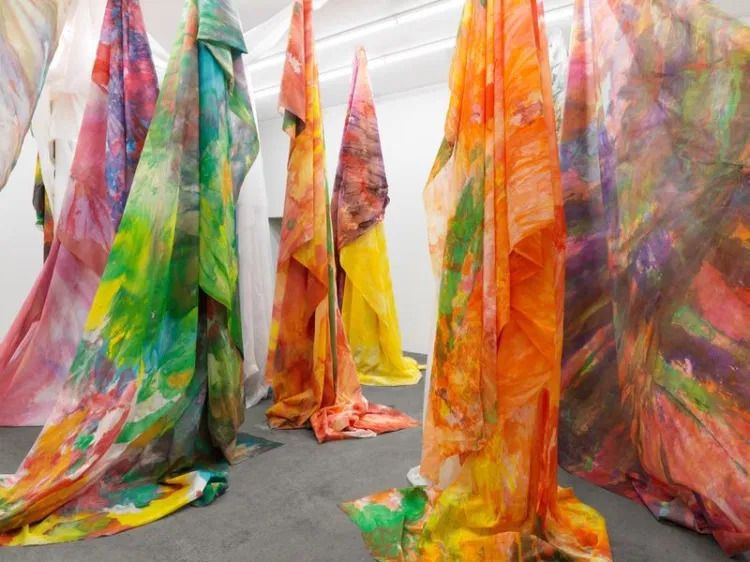The ‘Social Determinants of Art’ set a different course for artists who are Black. Until recently, in the art world, prodigy has been largely the domain of White privilege. Historically, Black artists who are ‘discovered’ have been older or dead. Like so many Black artists, Frederick Weston lived in obscurity and dire poverty before being ‘discovered’ shortly before his death in 2020. In our history, artists who are Black have been drawn to making Black lives visible; drawn to activism to abolish structural/systemic racism. Many older artists who are Black often bring legacies of work to improve lives of Black people through activism and protest often intent on exposing the toxicity of White Supremacy and demanding its abolition. This is activism in the face of concerted resistance to any reduction/disruption/abolition of the Old Order. Is it noble/Christian to suffer outrageous (harm), or, to take ‘arms’ against morbid toxicity and by opposing White Supremacy end it…?

Pragmatism is key to survival for members of the lower caste: find a job/profession, get married have children; soldier through. African-Americans risk much more by pursuing a life of making art. First, risk rejection, poverty and further disenfranchisement. Those born into a lower caste generally have more obstacles to overcome, and thus progress is an important framework in making life decisions. Progress is understood to be concrete: doctor, lawyer, engineer. Progress is also “tangible”: house, car, clothes…status…And yet, there are many Black artists who have created in relative obscurity. Choosing to embrace their passion, often using their talent to depict/protest the harm of White Supremacy. Carrying forward a historical powerful and broad body of work that shows beauty through different eyes; characterizing historical racial harm; disrupting and expanding aesthetic norms.

Is art by Black folks less Black if it the artist’s focus is not on oppression, struggle or harm? Is it less relevant? Robert Duncanson and Edmonia Lewis were artists in the middle of the nineteenth century. Lewis was a portrait sculptor creating busts of well-known abolitionists. Duncanson was inspired by landscapes. Do Black lives matter only in the context of struggle and harm?
To art or not to art? Art is one of many options that reinforces the idea that art is the domain of the higher caste. But many choose art despite belonging to a lower caste and despite apparent risk(s). If you grow up poor, aspiring to be an artist can be a radical idea. If you grow up disenfranchised due to racism, for example, aspiring to be an artist is both revolutionary and a betrayal; a risk.

Why ‘Black Artists’? The artifice of race infects our conceptualization of art? Why not just ‘artist’? Maybe we should racialize all art and artists. The White sculptor Rodin or the White Dutch painter Rembrandt. White artists are just ‘artists’ while Black artists create ‘Black art.’ Separate shows, separate categories of study, appreciation and criticism; a backhanded way to make artists who are Black, visible. Separate but equal?

Yes, Cy Twombly and Robert Rauschenberg. What about Sam Gilliam, William T. Williams…but never contemporaneously. The artists who are Black if they are ‘discovered’ when they are older. “Within the African-American community in the 1970s, if you were an abstract artist you were considered the enemy pandering to the white world,” said Howardena Pindell. “But white dealers would say that African-Americans who did abstract work were inauthentic.” Unfortunately, the structure of White Supremacy shifts, mutates and evolves. Outsider making outsider art, or insider trying to speak the same language?
Please send comments and suggestions to sr5196@hunter.cuny.edu




